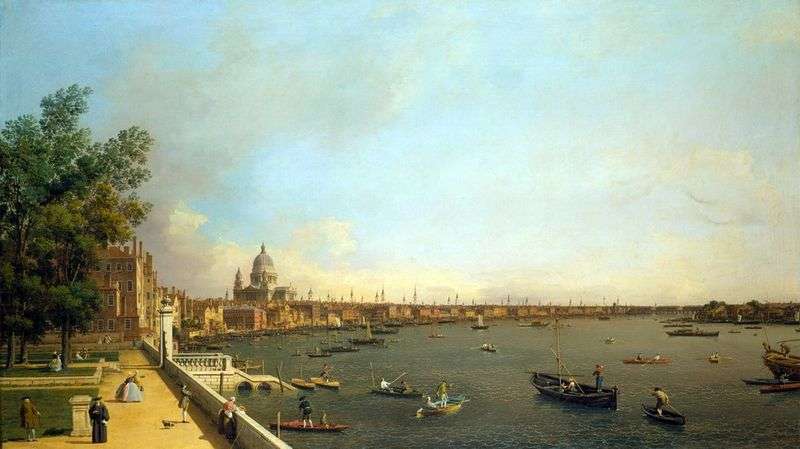
Canaletto was an excellent draftsman. After himself, he left a huge number of drawings, ranging from instant, made in the street, sketches and ending with copies of his own paintings, filled with pen and ink. Stored in the Venetian Academy pocket album reveals to us the creative method of Canaletto.
In this album several pages are occupied by outgoing lines, buildings lined along the embankment of the Grand Canal. The height of the buildings, the characteristics of the incident light, the color of the buildings were also fixed there. On the submitted sheets, Canaletto drew a view of the church of Saint John and Paul, marking on the buildings: “red”, “white”, “brown.”
An analysis of the surviving sketches of Canaletto’s paintings shows that when he started a large canvas, he worked, first of all, with the drawings collected in the album, changing angles and creating, thus, his own original perspective.
Finished drawings Canaletto, made with a pen and black or brown ink, are considered to be small masterpieces of the artist. One such masterpiece is “View of the Thames and London from Somersethaus.” Such things Canaletto are distinguished by a free line and liveliness. Over the years, the once sharp, energetic stroke of the drawing softened; the Canaletto line became smooth.
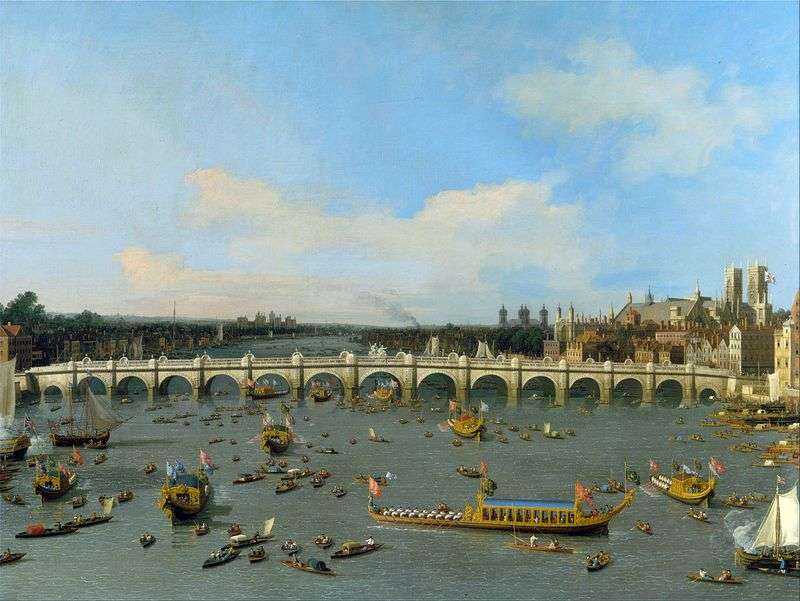 Westminster Bridge in London with a motorcade of the Lord Mayor on the Thames by Antonio Canaletto
Westminster Bridge in London with a motorcade of the Lord Mayor on the Thames by Antonio Canaletto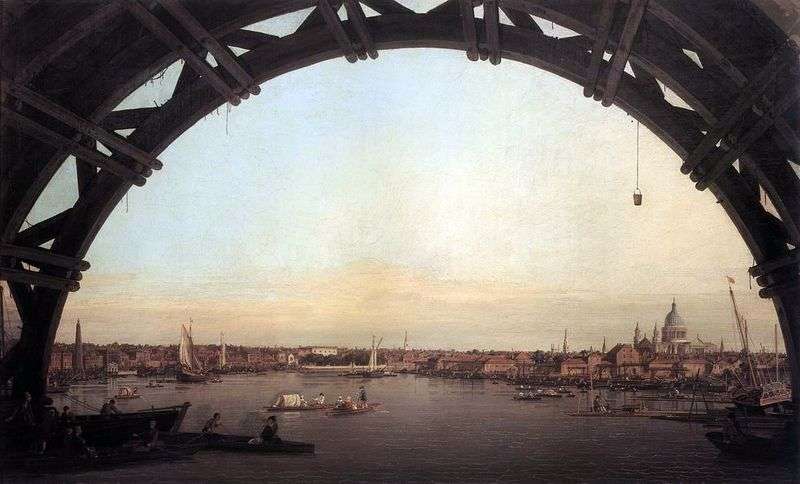 View of London through the arch of Westminster Bridge by Antonio Canaletto
View of London through the arch of Westminster Bridge by Antonio Canaletto View of London by Antonio Canaletto
View of London by Antonio Canaletto Vista del Támesis y Londres desde Somersethaus – Antonio Canaletto
Vista del Támesis y Londres desde Somersethaus – Antonio Canaletto View of the Cathedral of San Marco by Antonio Canaletto
View of the Cathedral of San Marco by Antonio Canaletto View of the Doge’s Palace in Venice by Antonio Canaletto
View of the Doge’s Palace in Venice by Antonio Canaletto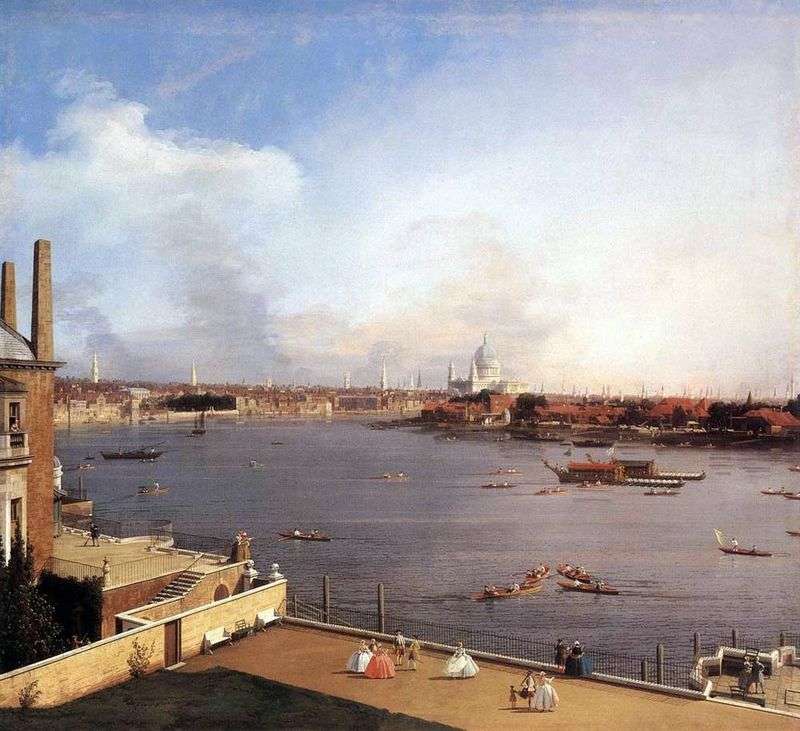 Thames and houses of the suburbs of Richmond by Antonio Canaletto
Thames and houses of the suburbs of Richmond by Antonio Canaletto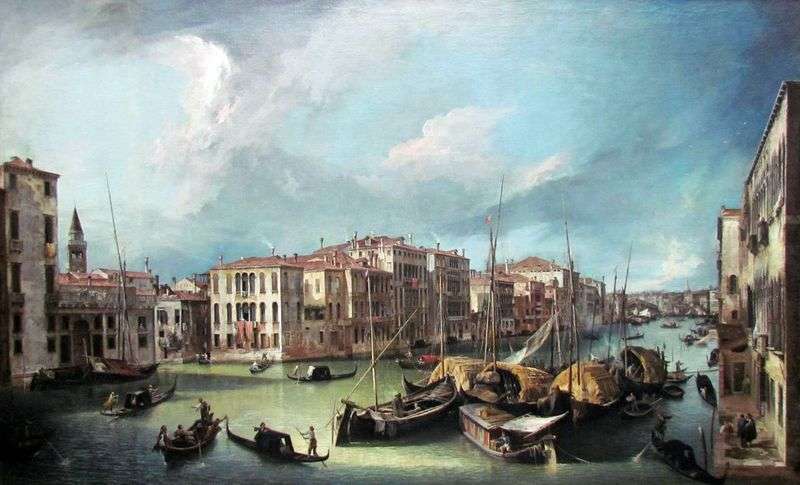 The Grand Canal: a view to the northeast on the Rialto Bridge by Antonio Canaletto
The Grand Canal: a view to the northeast on the Rialto Bridge by Antonio Canaletto